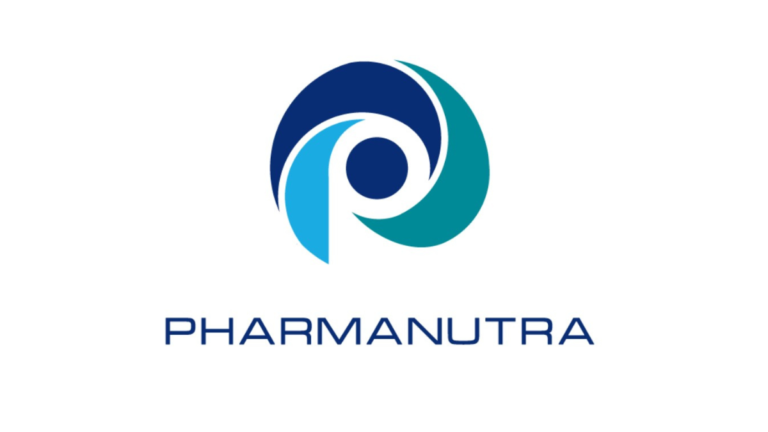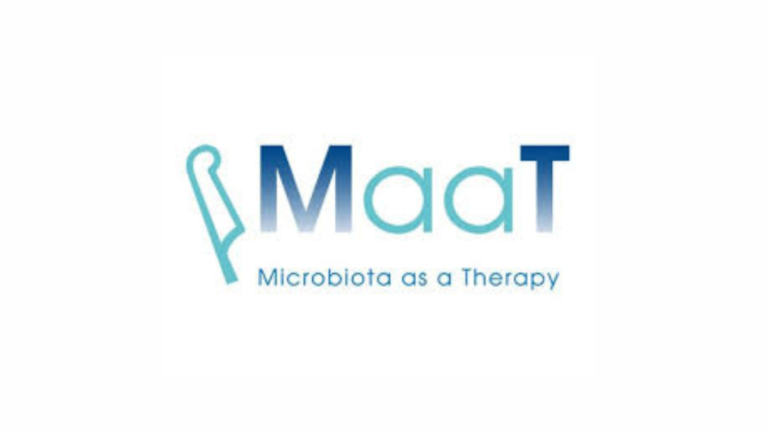SHENZHEN, China, Aug. 17, 2020 /PRNewswire/ — Huawei released the full-stack Ascend AI software at the Huawei Ascend Innovation (HAI) 2020 conference, setting a new milestone as Huawei and partners are making strides forward to bring AI to reality. The release includes the Compute Architecture for Neural Networks (CANN) 3.0, MindStudio full-pipeline development toolchain, and MindX for Ascend application enablement. The software portfolio covers all the way from developing basic software to deploying AI in real world.
Tony Xu, President of Huawei Ascend Computing Business, introduces the goal of this release: To deliver AI computing power of the ultimate accessibility, ease of use, and performance. The value of AI can be fully unlocked only when industries can bridge the divide between AI computing and application. Implementing this goal will bring benefits to developers and startups, as well as numerous industries.
Huawei’s AI computing solutions boast advantages in superior computing power, openness, ease of use, security, and low consumption. These AI solutions have been widely used in sectors including healthcare, transportation, finance, university education, scientific research, astronomical exploration, smart city, and oil exploration.
CANN 3.0: Reimagine Efficiency and Performance for Computing Architectures
Basic architecture connects hardware and software, and is crucial to unlocking AI computing power. Huawei released CANN 1.0 at HUAWEI CONNECT 2018. CANN 3.0 signifies an upgrade to a unified heterogeneous computing architecture.
CANN 3.0 supports backward compatibility. Using CANN as the computing foundation for collaboration across devices, the edge, and the cloud, enterprises can deploy one set of code on over 10 device form factors, more than 14 operating systems, and multiple AI frameworks. This enables AI development in all scenarios. In addition to being inclusive, CANN 3.0 is simplified. AscendCL provides unified programming interface to meet developers’ requirements for custom frameworks and operators, enabling efficient development. CANN 3.0 provides two operator development modes: TBE-DSL and TBE-TIK, to deliver both efficiency and performance.
CANN 3.0 fully releases the performance of AI hardware by leveraging competitive features. These features include a high-performance algorithm library composed of over 1000 operators deeply optimized for Ascend; in-depth graph optimization, automatic graph splitting and fusion, and intelligent optimization of data pipelines.
Based on the highly adaptive software and hardware, Huawei Atlas hardware equipped with CANN 3.0 surpasses industry peers on mainstream inference and training models. In video scenarios, the Atlas 300I inference card, powered by Ascend chips, can process 80 channels of 1080p 25FPS HD videos concurrently, which is twice that of its industry counterparts.
MindStudio 2.0: Full-Pipeline Toolchain Lowers the Barriers for AI Development
MindStudio 2.0 is released to facilitate development from end to end, covering operator development, model training, inference, application development, and application deployment. Developers gain unprecedented ease in AI development and no longer need to perform such operations on different tools.
MindStudio supports training and inference scenarios. It provides an Ascend training acceleration tool, which uses a unique Less BN algorithm to intelligently identify unnecessary BN operators in the network, and a random freezing algorithm, to greatly improve the model training efficiency. For inference scenarios, the Ascend model compression tool uses unique intelligent algorithms to accelerate the inference process.
MindX: 2+1+X Help Deliver AI Computing to Industries
Regarding AI computing, in addition to performance, Huawei attaches as much importance to its ease of use. At HAI 2020, Huawei released MindX 1.0, which features 2+1+X to accelerate the convergence of AI and industries. 2 indicates the MindX DL deep learning platform and MindX Edge intelligent edge platform; 1 indicates the ModelZoo pre-trained model library; X indicates the software development kits (SDKs) for various industries.
MindX DL focuses on unified management and scheduling of data center devices and computing resources, enabling partners to quickly develop deep learning systems. James Pei, President of 4Paradigm, a leading AI startup, shared how 4Paradigm and Huawei build a full-stack AI appliance.
The advantage of MindX Edge is that it can deploy edge-cloud collaborative inference services on various devices at one click. The platform requires only a memory overhead of 256 MB and a CPU usage of 3%.
ModelZoo is classified by scenarios and frameworks. It is the core driving force for the two deep learning platforms: MindX DL and MindX Edge. Currently, Huawei has provided more than 20 high-performance models in ModelZoo. The number is expected to exceed 50 in the second half of this year.
Huawei Ascend takes one step further to enable AI applications across industries by providing industry SDKs that are based on Huawei’s basic algorithms and expertise in AI. Currently, Huawei has deployed an Atlas-powered smart manufacturing solution in the Songshan Lake Production Center. AI is applied to detect label defects and missing screws within seconds. This solution improves inspection accuracy from 90% (using traditional machine vision) to 99.9%, and improves efficiency by 3 times, realizing the smart manufacturing of Atlas by Atlas.
“AI has been applied on a large scale to workstations, production lines, and workshops in Huawei’s factories,” according to Dr. Wu Jiayun, Head of Vision Lab in Huawei’s Industrial Automation Lab. More than 80 production lines in Huawei factories have applied AI for producing servers, 5G products, and terminals. The experience accumulated in the large-scale application will also be packed into the SDKs for the manufacturing industry. It is expected that the SDK combining vision technology with the manufacturing industry will be officially launched in October this year.
In addition, more and more partners are using Huawei Atlas to empower digital transformation of industries. The instant translator system iFLYREC, provided by iFLYTEK, translates for HAI 2020 online, is based on the Atlas AI solution.
Industrial and Commercial Bank of China (ICBC) also has a use case. According to Chen Jianjun, Senior Manager of ICBC’s Big Data and AI Lab, ICBC has launched a Smart Brain based on Atlas hardware and basic software platform to provide high-dimensional, low-latency, large-scale, and high-density computing for the financial industry.
Huawei always prefers to provide the ultimate simplicity to customers and partners, and take care of the complex part itself. According to Tony Xu, Huawei’s full-stack Ascend AI software helps maximize the performance of AI hardware and lower the entry barriers to AI application. Ascend serves as the platform for AI infrastructure and also the enabler of AI for industries. Huawei is working with ecosystem partners to build a vibrant Ascend computing ecosystem and together ascend to pervasive intelligence.
About Huawei
Huawei is a leading global provider of information and communications technology (ICT) infrastructure and smart devices. With integrated solutions across four key domains – telecom networks, IT, smart devices, and cloud services – we are committed to bringing digital to every person, home and organization for a fully connected, intelligent world.
Huawei’s end-to-end portfolio of products, solutions and services are both competitive and secure. Through open collaboration with ecosystem partners, we create lasting value for our customers, working to empower people, enrich home life, and inspire innovation in organizations of all shapes and sizes.
At Huawei, innovation focuses on customer needs. We invest heavily in basic research, concentrating on technological breakthroughs that drive the world forward. We have more than 194,000 employees, and we operate in more than 170 countries and regions. Founded in 1987, Huawei is a private company wholly owned by its employees. For more information, please visit Huawei online at www.huawei.com or follow us on:
https://www.linkedin.com/company/Huawei https://www.twitter.com/Huawei https://www.facebook.com/Huaweihttps://www.youtube.com/Huawei
Photo – https://mma.prnewswire.com/media/1229165/Tony_Xu_HAI_2020.jpg
Photo – https://mma.prnewswire.com/media/1229164/Huawei_full_stack_Ascend_AI.jpg










